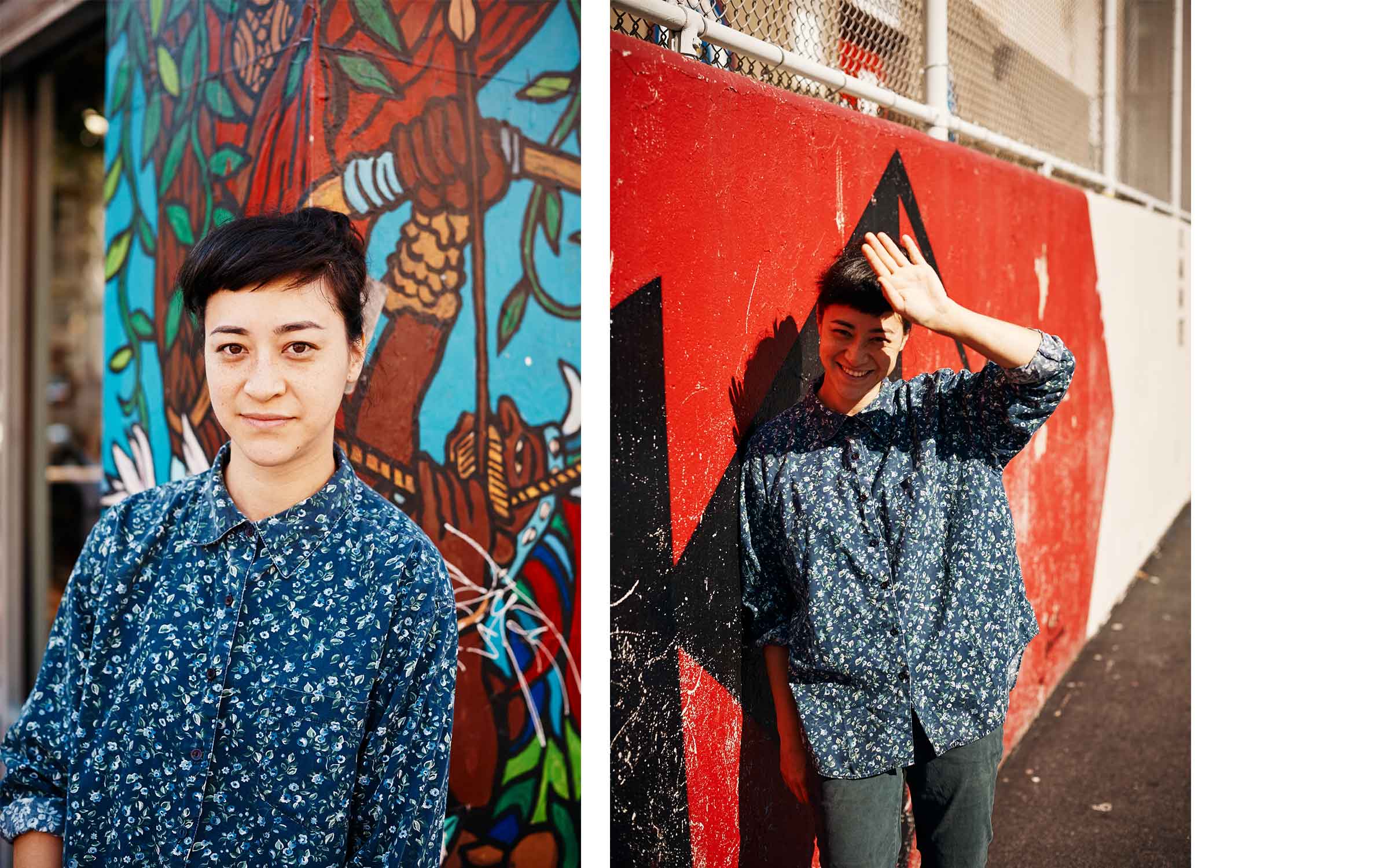The irresistible, transcontinental art of Gala Porras-Kim
‘I was interested in how a museum defines the objects inside of it, instead of the other way around’
Log in and subscribe to receive Art Basel Stories directly in your inbox.

‘I was interested in how a museum defines the objects inside of it, instead of the other way around’
Log in and subscribe to receive Art Basel Stories directly in your inbox.
